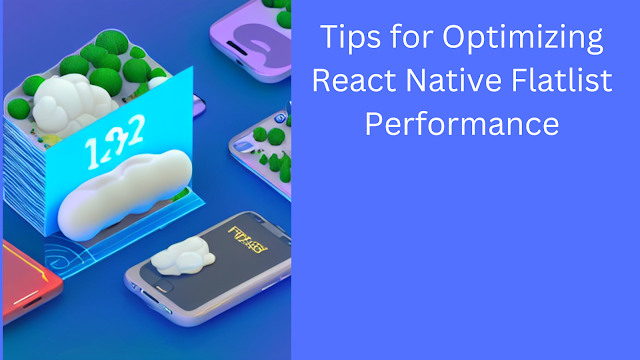Exploring the Power of Custom Hooks in React/React Native
Exploring the Power of Custom Hooks in React/React Native
Developers are constantly looking for ways to enhance the performance and functionality of their apps as the popularity of React Native continues to rise. Using custom hooks is a powerful tool that can help with this.
Utilizing custom hooks, component logic can be converted into reusable functions. They keep your code organized and simple to maintain, allowing you to share logic across multiple components. By allowing you to only re-render the specific parts of your components that require updating, custom hooks can also improve performance.
You must first write a function that begins with the word "use" in order to create a custom hook. After that, this function can manipulate state and props, call other hooks, and return a particular value or piece of functionality. You could, for instance, make a useFetch hook that gets data from an API and changes your component's state.
When using custom hooks, one of the best practices is to keep them small and focused on a single task. They will be easier to test and comprehend as a result, and you will be able to reuse them throughout your app. It's also important to remember that custom hooks can only be called at the component's top level, not in conditions or loops.
Custom hooks can make your code easier to read and update, as well as boost performance and functionality. Custom hooks can help you write code that is cleaner and more organized by breaking down complex logic into smaller, reusable pieces.
In general, custom hooks are an effective component of the React Native developer's arsenal. You can improve the performance and functionality of your apps as well as the readability and maintainability of your code by learning how to create and use custom hooks.




Comments
Post a Comment